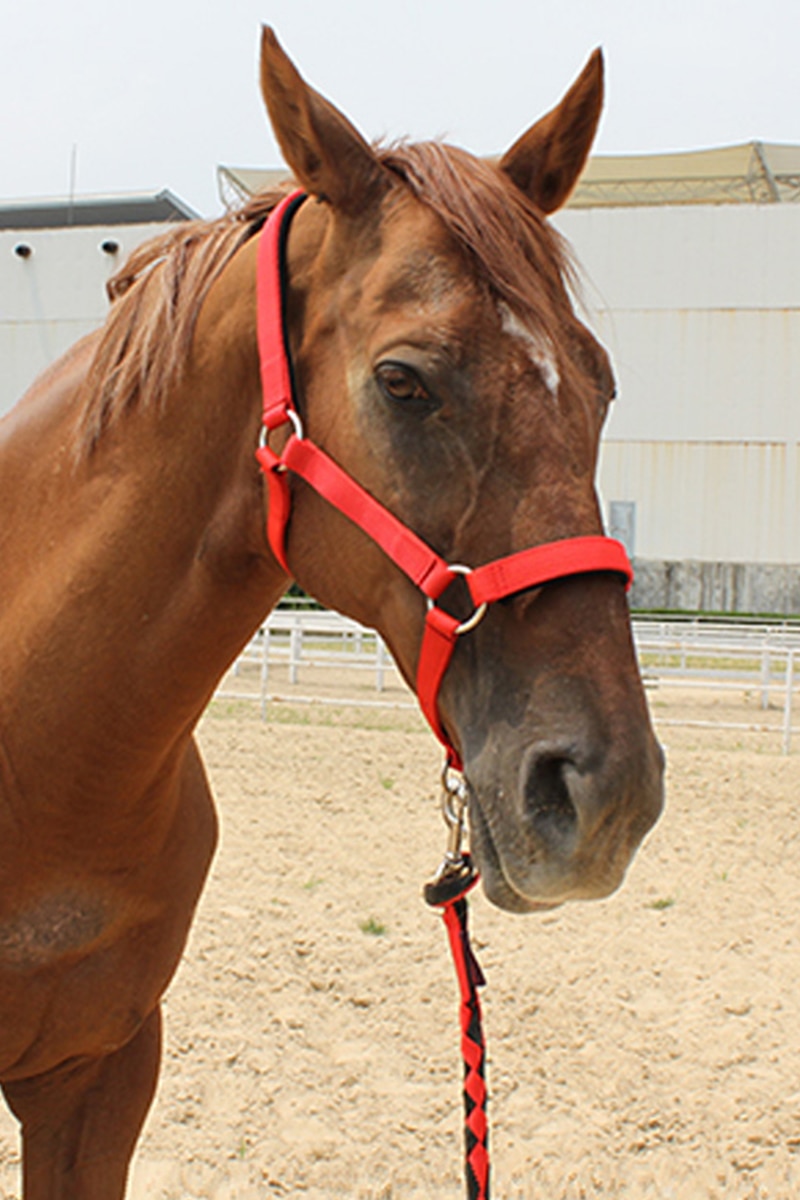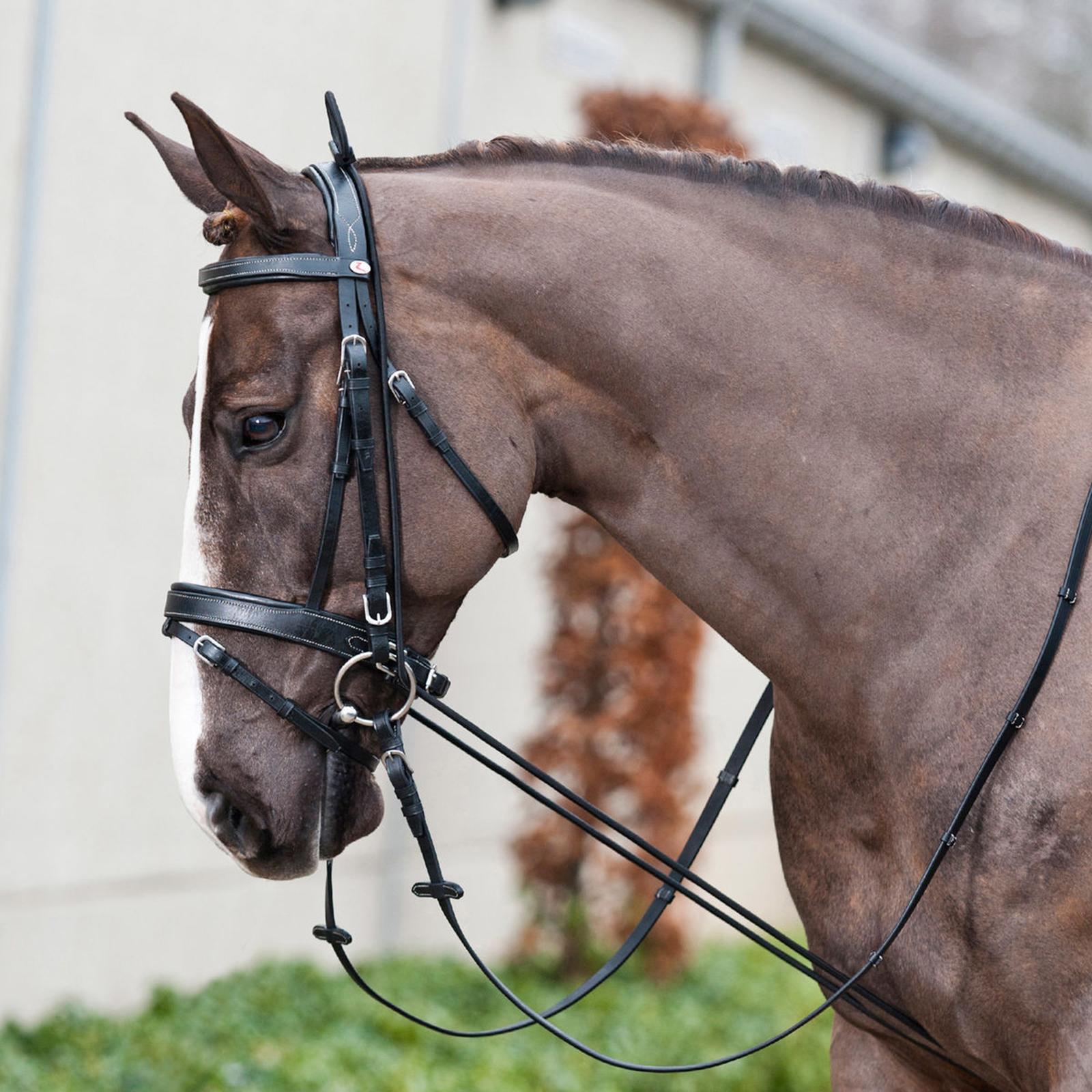
These are essential tools for equestrians, serving both functional and aesthetic purposes. They not only ensure the safety and control of your horse but also allow you to express your style and attention to detail. From everyday riding to competitive events, these equestrian accessories play a significant role in various occasions. Here’s how you can seamlessly incorporate bridles and halters into different moments:
1. Everyday Training: Elevate your everyday riding routine with well-fitted ones. Choose designs that offer comfort and control while allowing you to communicate effectively with your horse.
2. Leisurely Rides: For leisurely rides and trail outings, opt for halters that provide ease of use and comfort for your horse. Look for adjustable and durable designs that ensure a safe and enjoyable experience.
3. Showmanship: When participating in showmanship events, select bridles and halters that match the elegance and discipline of the occasion. Choose refined and polished designs that enhance your horse’s appearance.
4. Training Sessions: During training sessions, use bridles that offer proper control and communication. Opt for bridles with features like bit adjustments and comfortable padding to ensure your horse’s well-being.
5. Competitive Riding: For competitive riding, select bridles and halters that complement your performance and attire. Look for designs that align with the specific discipline you’re competing in.
6. Dressage Elegance: Embrace the art of dressage with bridles that reflect precision and grace. Choose bridles with intricate details and fine craftsmanship that highlight the harmonious partnership between horse and rider.
7. Western Riding: Bridles and halters for Western riding should reflect the heritage and style of the discipline. Opt for designs with Western-inspired details like buckles, conchos, and leather tooling.
8. Casual Bonding: Even during casual bonding moments with your horse, use halters that offer comfort and security. Select halters that facilitate grooming, feeding, and general interaction.
9. Trail Riding Adventures: For trail riding adventures, choose halters that provide a balance of comfort and control. Look for designs with sturdy hardware and quick-release mechanisms for safety.
10. Personal Expression: Above all, bridles and halters allow you to showcase your personal style and connection with your horse. Choose designs that reflect your preferences and contribute to the unique bond you share.
Conclusion: Incorporating it into different occasions is an essential aspect of equestrian life. From training sessions to competitive events and leisurely rides, these accessories contribute to your horse’s well-being and your equestrian experience. Remember, the key is to select that align with the occasion’s requirements and your horse’s comfort, allowing you to create a harmonious and successful partnership.

